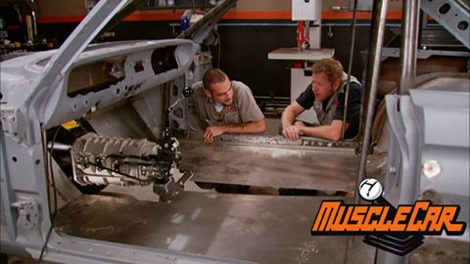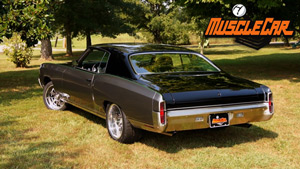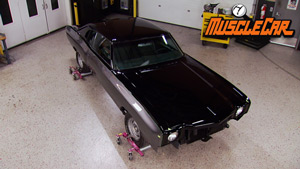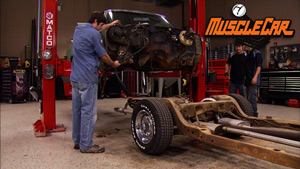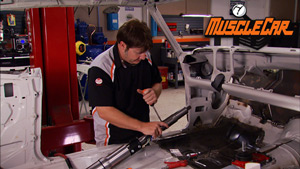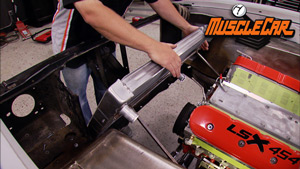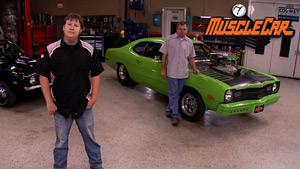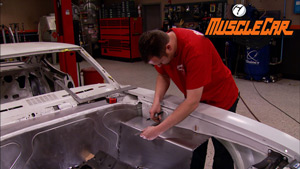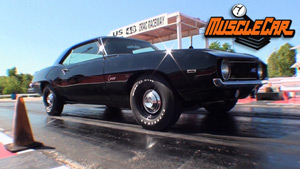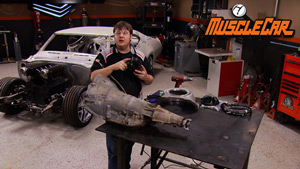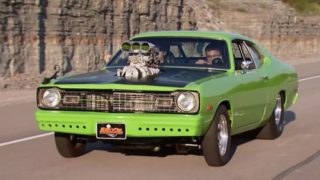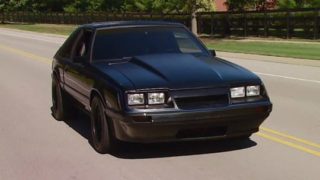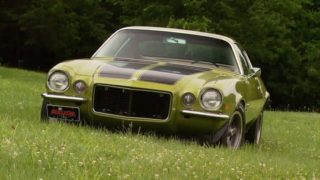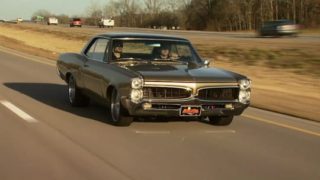MuscleCar Builds
Want more content like this?
Join the PowerNation Email NewsletterParts Used In This Episode
Advanced Plating
Stripping of convertible top frame and components
Convertible Service, Inc.
Serrated adjuster bolt assemblies for both sides, frame mounting brackets.
Heavy's Customs
Professional convertible top install.
Kee Auto Top Manufacturing Co.
Custom made convertible top material with plastic rear window all padding and well liner.
Loftis Steel
14 Gauge Sheet(1), 18 Gauge Sheet (3)
O'Reilly Auto Parts
3M Body Schutz
O'Reilly Auto Parts
Electrical Tape (6)
YearOne
Convertible well molding, molding clips, tack strips 1/2" and 5/8", weatherstripping for doors and windows, convertible header molding, roof rail seal, convertible top pump, lift cylinders and lines, screw set for rear tack strip, rear pinchweld molding and clips
